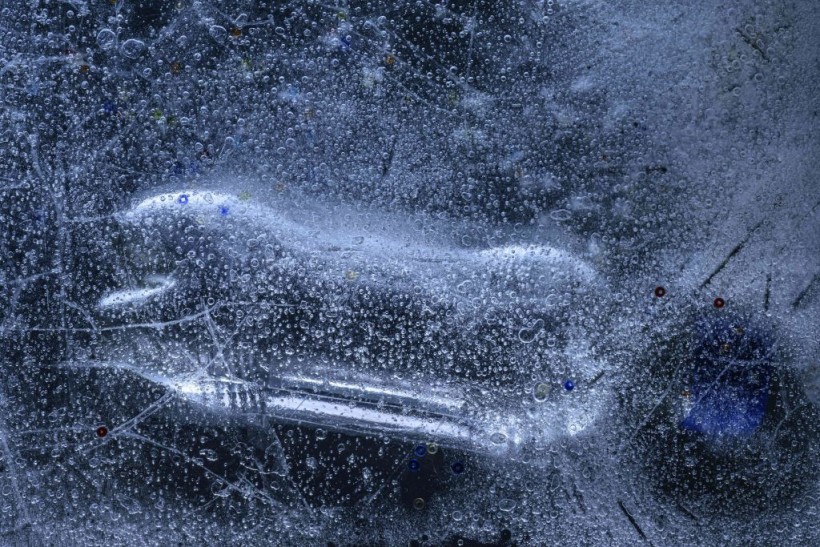Ocean plastic pollution is parallel with increased plastic production and demand throughout the decades, harming various marine animal species and different marine ecosystems, including coral reef habitats.
Research have shown plastic debris or waste is not only an issue on land and air but also on the world's oceans, where both whole plastics, as well as microplastics and nanoplastics are present.
Plastics can be ingested by sea creatures, leading to their suffocation or even death.
The vast amount of these particles.
In recent years, multiple marine animals have been found either had been trapped or had eaten plastic waste.
Some animal species include turtles, fish, seals, and even birds.
There are instances when conservations or even beachgoers had removed these plastics from the animals.
Now, a new study revealed by scientists earlier in March that ocean plastic pollution has already reached "unprecedented levels" over the past 15 years.
While the ecological issue is quite expected, the researchers are reportedly calling for a legally binding international treaty to stop the harmful and life-threatening toxic pollution in different oceans worldwide.
Ocean Plastic Pollution

This illustration picture shows a plastic bottle floating below a layer of ice on December 8, 2022 in Vaasa.
The study was published in the journal PLOS One on March 8, wherein researchers from the US estimated that the current ocean plastic pollution around the world has reached approximately 82 to 358 trillion plastic particles, weighing 1.1 to 4.9 million tons since 2005.
The observed presence of these particles is not only present in the world's oceans but also reported along beaches around the globe.
With this, the US research team is demanding urgent international policy interventions, as cited by Phys.org.
Also Read: Plastic-Eating Enzyme Developed to Address the Planet's Growing Plastic Pollution Problem
Great Pacific Garbage Patch
One may not talk about ocean plastic pollution without mentioning the Great Pacific Garbage Patch, the largest accumulation or concentration of marine plastic debris located in the Pacific Ocean, particularly between Hawaii and California.
The National Oceanic and Atmospheric Administration (NOAA) that the said Pacific plastic patch is not a large and purely visible area of marine debris or a literal island of trash and bottles seen by satellite or aerial photographs.
Instead, higher concentrations consist of litter items and most of them are small pieces of floating plastic not immediately visible to the naked eye.
Atlantic Ocean Plastic Pollution
While mainstream sources, including social media, will show floating plastic debris in the world's oceans, including inland bodies of water like rivers, environmental scientists assert that what we see is only the tip of the iceberg.
In a 2020 study published in the journal Nature Communications, researchers have determined that the ocean interior hides high amounts of small-sized plastic debris, which can balance and even surpass the conventional estimated plastic inputs into the ocean since the year 1950.
The research team from the UK cited the Atlantic Ocean, which contained high concentrations of plastic beneath its surface.
The study's assessment showed there were different types of plastic particles, including polyethylene, polypropylene, and polystyrene, underneath the Atlantic.
The combined mass of the plastic mass ranges between 11.6 and 21.1 million tons.
Related Article: Seychelles Plastic Pollution: Most Plastic Debris Along Beaches Comes from Distant Sources
© 2024 NatureWorldNews.com All rights reserved. Do not reproduce without permission.





